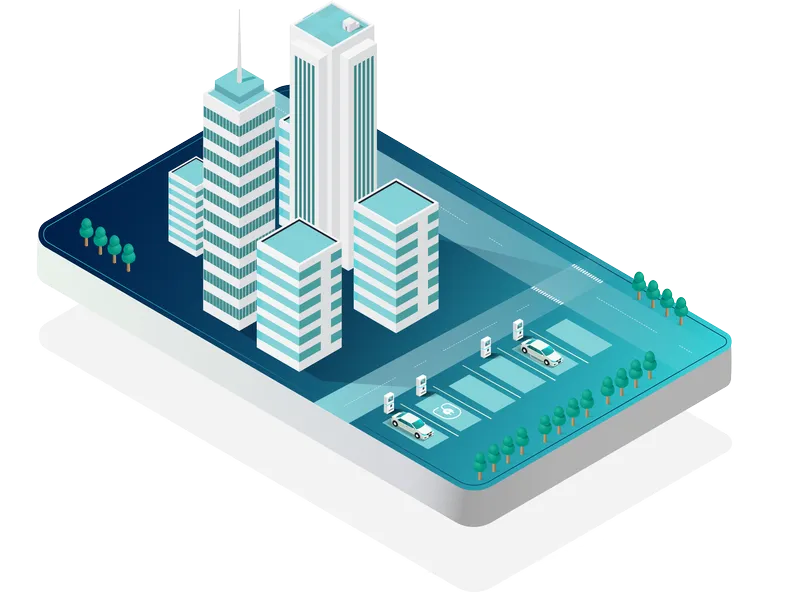Automotive market trends and future forecasts in Lithuania
According to Swedbank’s 2021 survey, in the next five years, 68% of the EU’s households will have to move to a new location. 68% of Lithuanians who own a car plan to buy another one. The largest share of respondents (34%) is planning to buy a hybrid car, while 10% are planning to buy a new car. – The largest share of respondents is for an electric car. 24% will be looking for a petrol-powered vehicle and 22% for a diesel one. In the long term, the change in consumer attitudes will shape new trends in the future car market.
Changes in Lithuanian attitudes
According to data from Regitra and European statistics, so far only two cars out of every thousand in Lithuania are electric. In the EU, the situation is better – one in ten new cars sold is electric. But the situation is changing quite rapidly. According to the Ministry of Transport and Communications, 1,184 electric cars were registered in Lithuania last year, or 2.3 times more than the year before (521 units). The statistics show that Lithuanians’ attitudes towards the environment and green transport are changing. This is confirmed by the aforementioned Swedbank survey, which revealed that 44% of people in Lithuania use electric vehicles. This compares to 28% two years ago. In Estonia and Latvia, 38% and 30% respectively. This is the second highest number of respondents in the EU, according to a press release. Thus, Lithuania is the most favourable to electrification among the Baltic States.
What is the reason for the growing interest of Lithuanians?
In Lithuania, one of the most important growth factors is the exponential increase in the supply of greener cars. “Bloomberg analysts predict that by 2022. There will be as many as 500 different models of electric cars worldwide by 2022. This will create the opportunity for every consumer to find a car to suit their needs and financial means. Equally important is the evolution of the country’s population’s attitude towards the environment and changing consumer habits, with people calculating the total monthly cost of a car.

This year, SEB Bank Lithuania conducted a survey in which 66% of respondents in the Lithuanian market were able to find out more. In the survey, 66% of respondents said they were deterred by the high price of an electric car, and 61% said they were deterred by the cost of an electric car. 61 said that a financial incentive would help. So the state is making a significant contribution to changing the car market – this year, the Ministry of the Environment has provided compensation payments to residents for purchasing an electric car, encouraging individuals to choose less polluting vehicles. Under the scheme, for every new electric car purchased, a payment of €5,000 will be made. For every new EV purchased, a subsidy of €5,000 will be paid, and €2,500 for a used one. For a used car, the subsidy is €2.5 million. An additional €1,000 will be paid for the first year. A further €1.5 million will be paid for each polluting car destroyed.
There are also additional benefits, such as cheaper car ownership, incentives in urban areas such as bus lane access or free parking for electric cars in public spaces. These are also factors contributing to the growing sympathy of Lithuanians.
Future projections
Vaidotas Kviklys, Marketing Manager of Fakto Auto, predicts that by the end of 2021, the number of electric cars registered in Lithuania will reach at least 3,500 (2,826 as of 1 June). Also, given the large number of used EVs on the market in 5 years’ time, there will be a greater need for a network of charging stations. Despite the fact that Lithuania is still lagging behind the European benchmark today, the upswing in sales and global trends dictate that these figures have the potential to change in the near future.
A significant sales surge is expected when EVs and ICEs approach price parity. Market experts agree that the market will reach a tipping point around 2025, and that by 2030, the number of new electric cars sold in Lithuania will be the same as the number of new combustion cars. Future sales growth will also be influenced by improvements in batteries. SEB Bank indicates that by 2030, the number of EVs in the EU will increase. By 2030, a standard electric car will hold around 100-200 kWh of electricity, enough to cover a distance of up to 1,000 km.
Thus, Lithuanians are increasingly expressing their preference for hybrid and all-electric cars. For this reason, the car market will see an environmentally friendly change in the near future.


